Hi, Today I gonna share with you 100 human body parts names in English with pictures in English with pictures. I believe everyone should be aware of their body names and purposes to keep them healthy and wealthy. I hope these 100 lists of body parts names will help you to understand body parts names.
100 Human Body Parts Names in English With Images
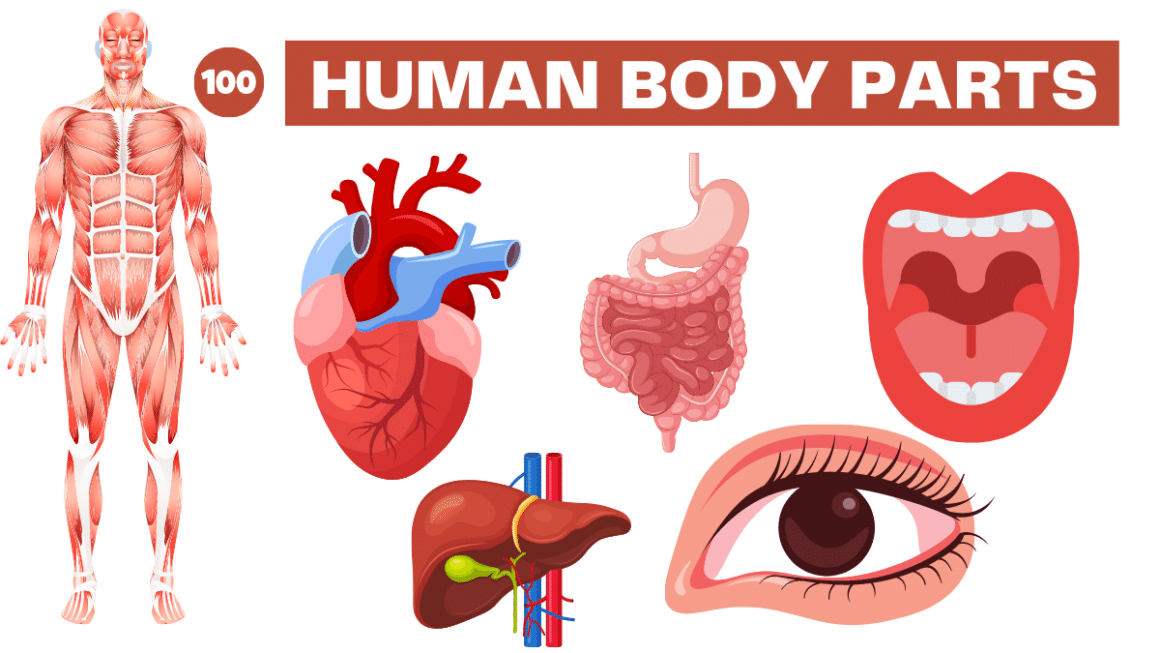
1. Head

The head is the top part of the human body, containing the brain, eyes, nose, mouth, and ears. It plays a crucial role in sensory perception, thinking, and communication.
2. Hair

Hair is the thread-like strands that grow on our heads and bodies. It’s made of a protein called keratin and serves as insulation and protection for our skin. Hair can come in various colors, textures, and lengths, and we often style it to express our individuality.
3. Face

A “face” refers to the front part of a person’s head that includes features like the eyes, nose, mouth, and cheeks. It’s where expressions, emotions, and communication often occur through facial expressions.
4. Forehead

The forehead is the smooth, flat area at the front of your head, just above your eyebrows. It’s the part of your face that often shows your emotions and is an important feature for expressions and communication.
5. Eyebrow

The eyebrow is the thick, hairy area just above your eyes that helps protect your eyes from sweat and bright lights, while also playing a role in expressing emotions like surprise or anger.
6. Eyelid

The eyelid is like a protective curtain for your eye. It’s the thin, movable skin that opens and closes, keeping your eye safe from dust and bright light.
7. Eyelash

Eyelashes are the tiny, hair-like structures that protect our eyes by trapping dust and debris. They also enhance our appearance, framing the eyes and adding a touch of beauty to our faces.
8. Eye

The eye is like a natural camera in your head. It has a lens that focuses on things, a retina to capture images, and sends messages to your brain so you can see the world around you.
9. Ear

The ear is like our body’s microphone, located on the side of our head. It helps us hear sounds by collecting them through the outer ear, amplifying them in the middle ear, and sending signals to our brain for interpretation through the inner ear.
10. Nose

The nose, located in the center of your face, is the part that helps you breathe and smell. It has two openings called nostrils, which allow air to enter and exit, enabling you to detect different scents and keep your body supplied with oxygen.
11. Nostril
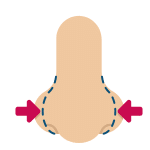
A nostril is a tiny opening in your nose that lets you breathe in and out. It’s like a doorway for air, helping you smell and feel fresh! 🌬️👃
12. Mouth

The mouth, 👄, is like your body’s front door! It’s where you taste, talk, and chew 🍔. It’s the entrance to your digestive adventure! 😋🚪 #MouthMagic
12. Lips

Lips 👄 are the soft, fleshy edges of your mouth. They help you talk, eat, and express emotions like smiling 😊 or kissing 💋. Lips are essential for communication and showing feelings!
13. Tongue

The tongue 👅 is like a magical taste bud conductor 🎶 in your mouth! It helps you savor the flavors of food 🍕 and lets you talk 🗣️ by forming sounds with its flexible muscles. So, it’s the superstar in your mouth’s orchestra! 🌟
14. Teeth

Teeth are the hard, white structures in your mouth that help you bite, chew, and smile. They’re like tiny tools made of enamel and are essential for breaking down food for digestion and giving you a bright, confident grin.
15. Gums

Gums, often called the “pink cushions” in your mouth, are the soft, fleshy tissues that hug your teeth. They keep your pearly whites cozy and protected, like a snug sweater for your smile.
16. Jaw

The jaw, often called the “jawbone” or mandible, is like a sturdy door hinge for your mouth. It’s the bone that lets you chew, talk, and even yawn, making it a crucial part of your face and daily life.
17. Chin

The chin is the bony, forward-pointing part of your lower face, located just below your lips. It helps shape your profile and is often used for expressions like resting your head on your hand or lifting it to show confidence.
18. Neck

The neck is like the bridge between your head and body, made of muscles and bones. It lets you turn your head, nod, and even swallow, helping you stay connected and aware.
19. Throat

The throat, located in your neck, is like the body’s hallway where air and food cross paths. It’s crucial for breathing and swallowing, with the vocal cords inside helping you speak and sing.
20. Uterus

The uterus, often called the womb, is like a cozy, muscular home inside a woman’s lower abdomen. It’s where a baby grows during pregnancy, with thick walls to protect and nourish the developing fetus until it’s ready to be born.
21. Shoulder

22. Arm

23. Elbow

24. Forearm

25. Wrist

26. Hand

27. Fingers

28. Thumb

29. Palm

30. Knuckle

31. Nails

32. Chest

33. Breast

34. Nipple

35. Rib

36. Abdomen

37. Navel

38. Waist

39. Hips

40. Buttocks

41. Vagina

42. Thigh

43. Knee

44. Calf

45. Shin
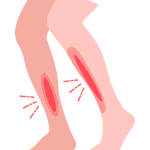
46. Ankle

47. Foot

48. Toe

49. Sole
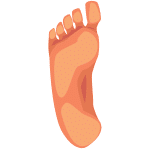
50. Arch

52. Heel

53. Achilles tendon
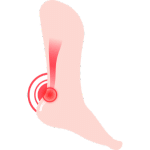
54. Muscles

55. Tendons

56. Ligaments

57. Joints

58. Cartilage

59. Bones

60. Skull

61. Spine

62. Vertebra

63. Pelvis

64. Ribs

65. Sternum

66. Clavicle

67. Scapula

68. Humerus

69. Radius

70. Ulna

71. Carpals

72. Metacarpals

73. Phalanges

74. Femur

What is the femur length of a baby boy?
The femur length of a baby boy varies depending on his age and size. On average, at birth, the femur length of a baby boy is approximately 3.4-4.6 cm (1.34-1.81 inches). By 6 months of age, the femur length of a baby boy is typically around 7.8-10.2 cm (3.07-4.02 inches).
However, it’s important to note that there can be variation in these measurements and it’s best to consult with a pediatrician for specific information regarding your baby’s growth and development.
75. Patella

The patella is the largest sesamoid bone in the human body.
76. Tibia

77. Fibula

78. Tarsals

79. Metatarsals

80. Phalanges
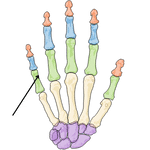
81. Brain

82. Cerebellum

83. Spinal cord
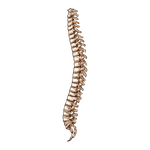
84. Nerves

85. Lymph nodes

86. Spleen

87. Liver

88. Pancreas

89. Stomach

90. Intestines

91. Kidneys

92. Bladder

93. Ureter
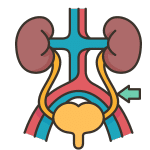
94. Urethra
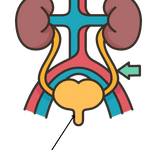
95. Heart

96. Lungs

97. Diaphragm
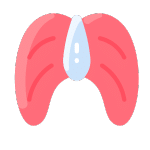
98. Blood vessels
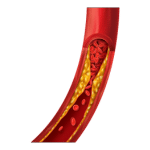
99. Veins

100. Arteries
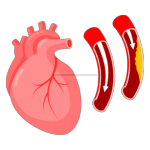
101. Adrenal glands

102. Esophagus

103. Trachea

104. Bronchi
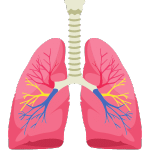
105. Bronchioles

106. Alveoli

107. Thymus

108. Pineal gland
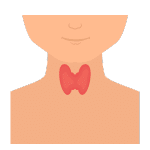
109. Pituitary gland
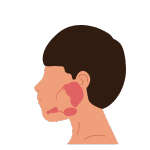
Male Human Body Parts Name in English with Images
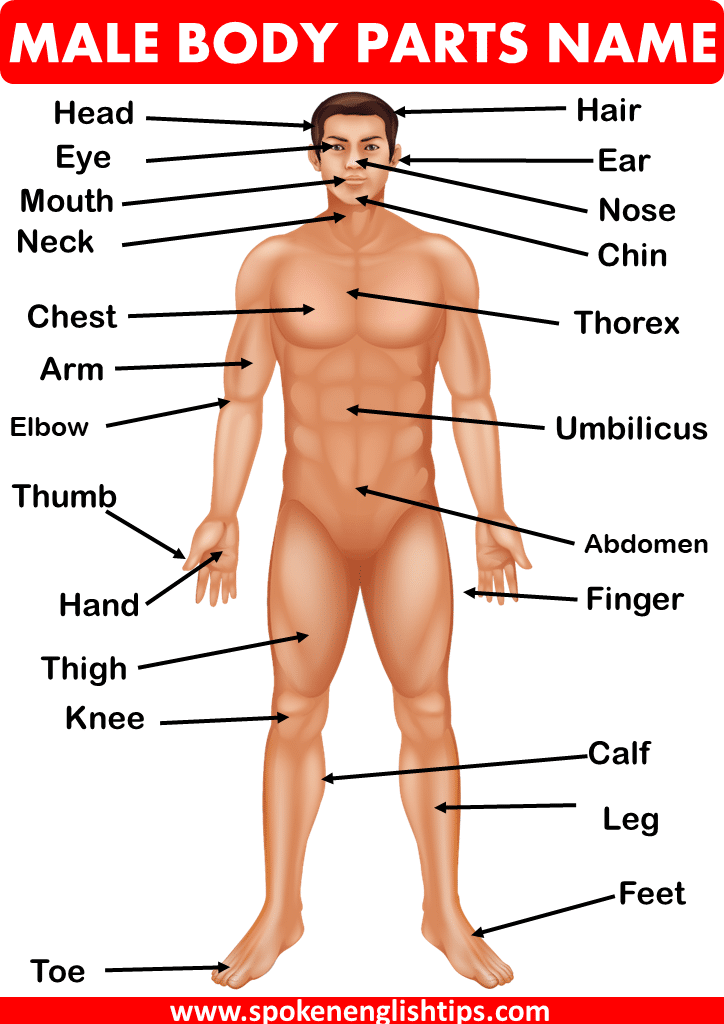
Female Human Body Parts Name in English With Images
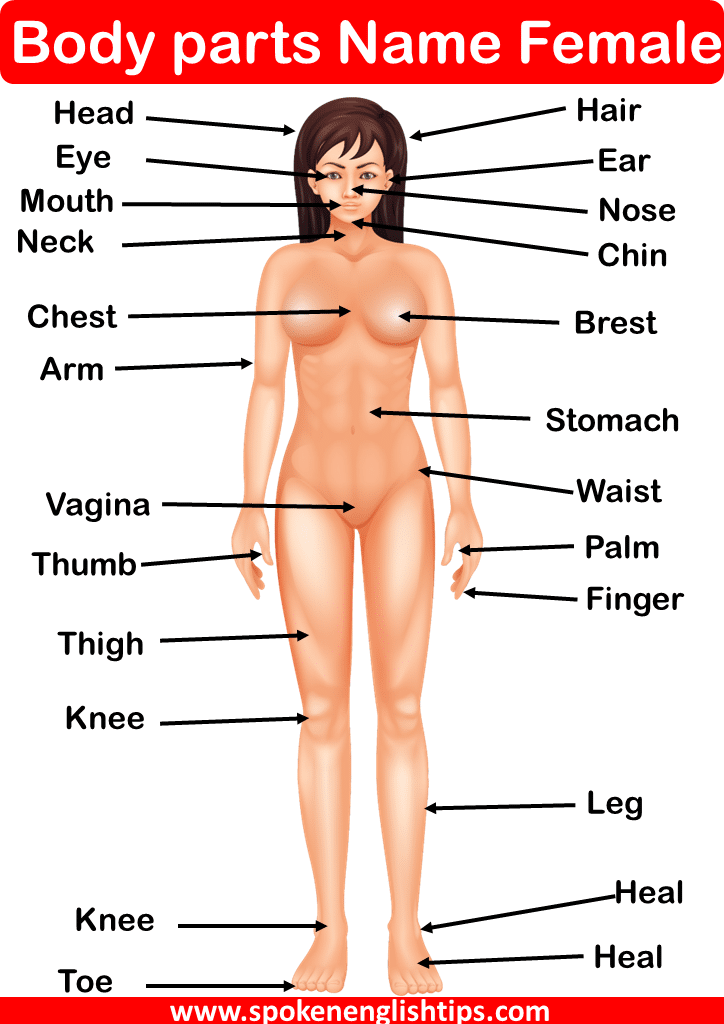
Human Body Parts FAQs
What organs are attached to the two bronchi?
The two bronchi, which are the main branches of the trachea, are attached to the lungs. Each bronchus enters the lung of the same side and divides into smaller bronchi, which further divide into even smaller bronchioles.
The bronchioles terminate in small air sacs called alveoli, where the exchange of oxygen and carbon dioxide takes place during breathing.
Therefore, the organs attached to the two bronchi are the lungs, which are essential for respiration and gas exchange in the body.
Read Also:
- Body Parts Name
- Body Parts Name Female
- Names of Toes on Feet
- All Five Fingers Name
- Cat Anatomy
- Dog Anatomy